You are using an out of date browser. It may not display this or other websites correctly.
You should upgrade or use an alternative browser.
You should upgrade or use an alternative browser.
Dragonflies - Communal Thread
- Thread starter BillN_33
- Start date
- Messages
- 133
- Name
- Phil
- Edit My Images
- No
Last Thursday, 21 June, saw these two locally.
1. Common Hawker Ovipositing
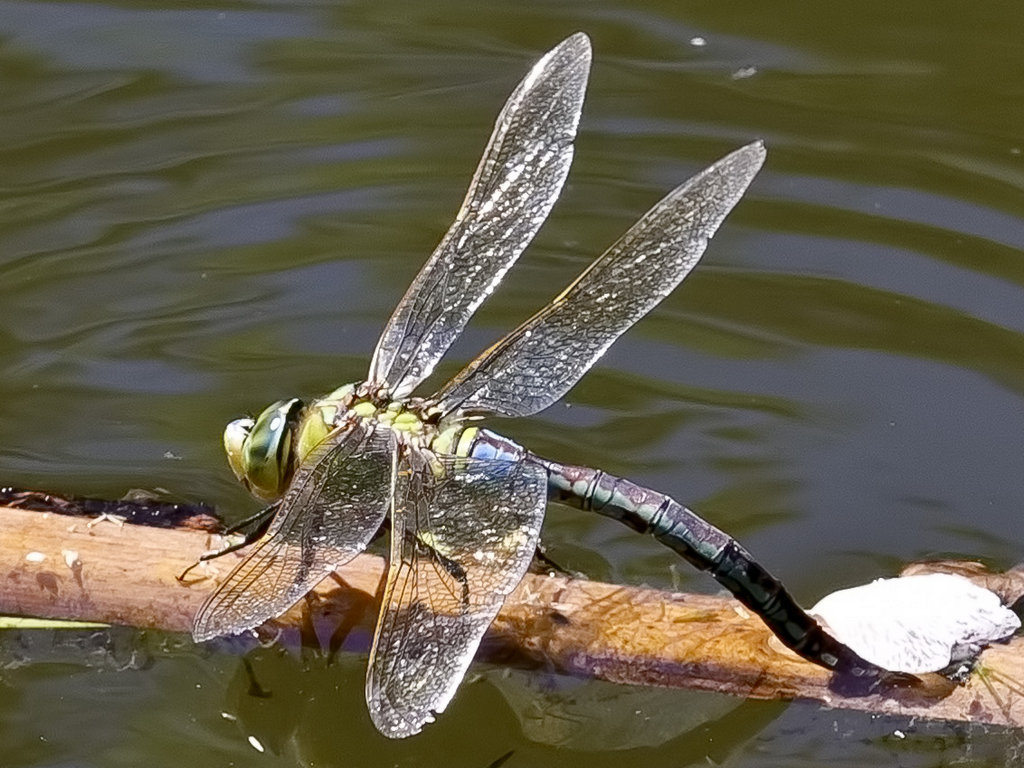
These are not uncommon around where I live in Lincolnshire. This one was quite a way out from the bank of the pond and I did not have my most appropriate lens available for the shot - it was taken with a Tamron SP AF 180mm F/3.5 Di LD[IF] MACRO. Its a superb lens for macro work, but not really the best choice at this distance! Also I have to give credit to my wife who spotted this one and called me along to get the picture.
2. Scarce Chaser
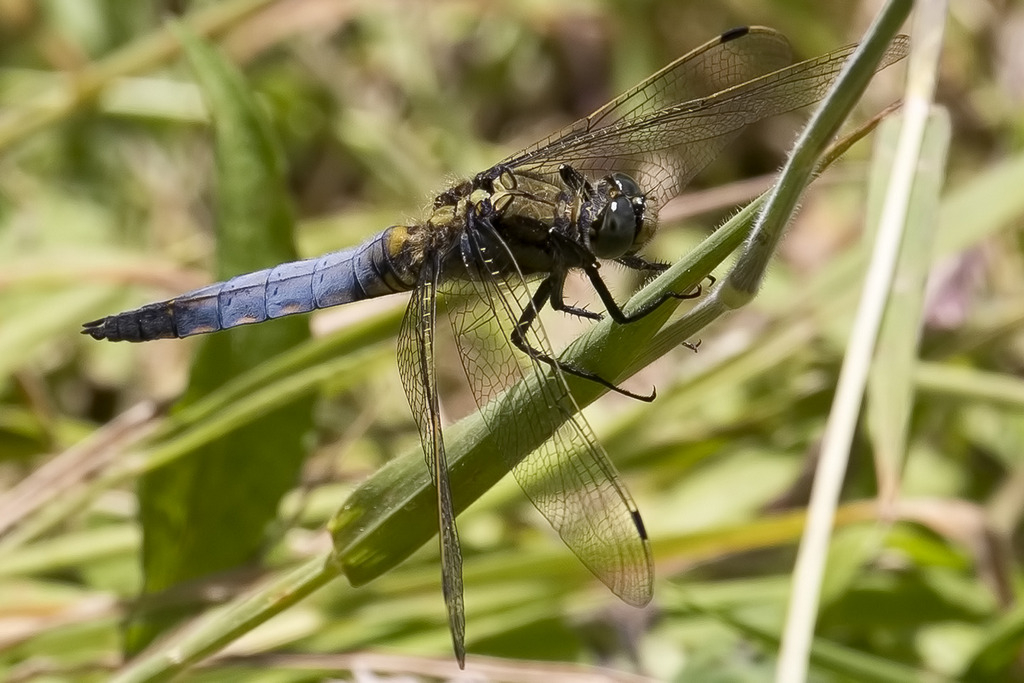
Now this one is much less common and I was surprised to see it as it as I had not seen one in that area, about 1km from my home, for about 2 years.
Have to agree with others, though, dragonflies, as well as butterflies, have been seldom seen this year.
1. Common Hawker Ovipositing

These are not uncommon around where I live in Lincolnshire. This one was quite a way out from the bank of the pond and I did not have my most appropriate lens available for the shot - it was taken with a Tamron SP AF 180mm F/3.5 Di LD[IF] MACRO. Its a superb lens for macro work, but not really the best choice at this distance! Also I have to give credit to my wife who spotted this one and called me along to get the picture.
2. Scarce Chaser

Now this one is much less common and I was surprised to see it as it as I had not seen one in that area, about 1km from my home, for about 2 years.
Have to agree with others, though, dragonflies, as well as butterflies, have been seldom seen this year.
- Messages
- 2,996
- Name
- John
- Edit My Images
- Yes
Here are four dragonflies and damselflies from today. These are from Culvderthorpe in Lincolnshire.
4 Spotted Chaser Libellula quadrimaculata

4 Spotted Chaser Libellula quadrimaculata

Black-tailed Skimmer Orthetrum cancellatum

4 Spotted Chaser Libellula quadrimaculata which has been fighting with too many competitors.

Common Blue Damselfly Enallagma cyathigerum and Red-eyed Damselfly Erythromma najas, both preparing to mate.

4 Spotted Chaser Libellula quadrimaculata

4 Spotted Chaser Libellula quadrimaculata

Black-tailed Skimmer Orthetrum cancellatum

4 Spotted Chaser Libellula quadrimaculata which has been fighting with too many competitors.

Common Blue Damselfly Enallagma cyathigerum and Red-eyed Damselfly Erythromma najas, both preparing to mate.

Last edited:
- Messages
- 14,766
- Name
- Michael
- Edit My Images
- No
Black tailed Skimmer, I think,
 M34A0379 by Michael Johnson, on Flickr
M34A0379 by Michael Johnson, on Flickr
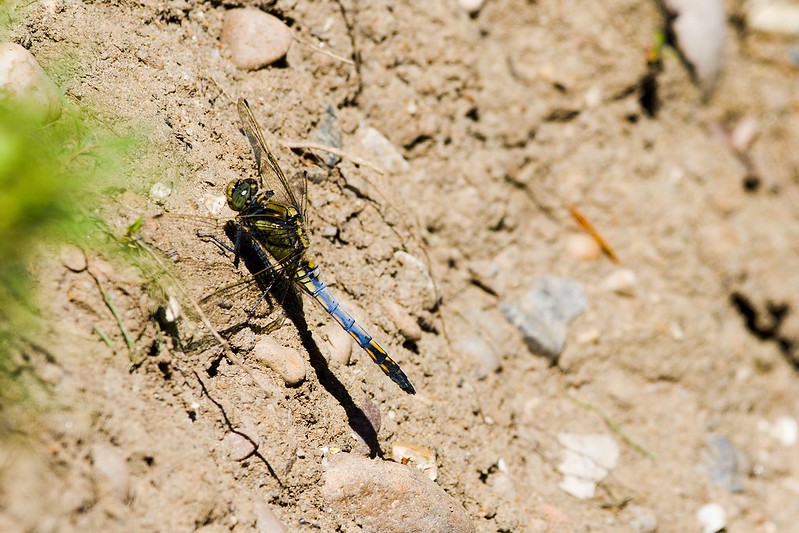 M34A0442 by Michael Johnson, on Flickr
M34A0442 by Michael Johnson, on Flickr
Broad Bodied Chaser
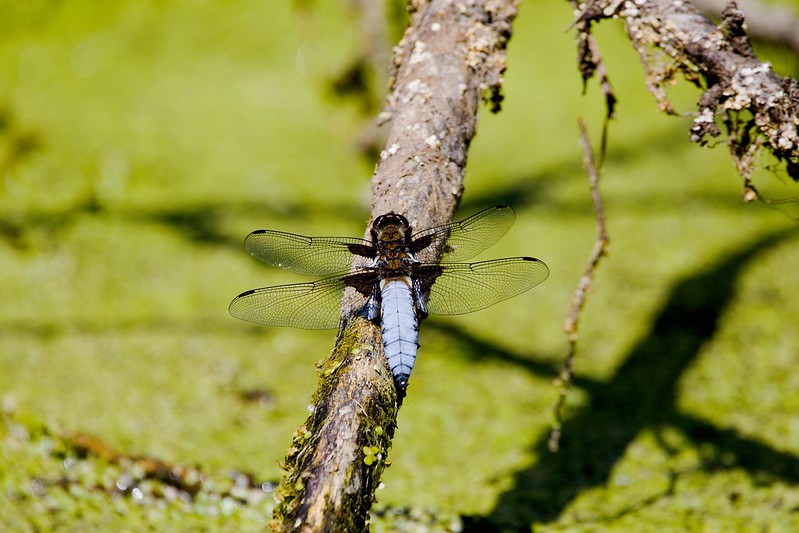 Broad Bodied Chaser by Michael Johnson, on Flickr
Broad Bodied Chaser by Michael Johnson, on Flickr
Demoiselle
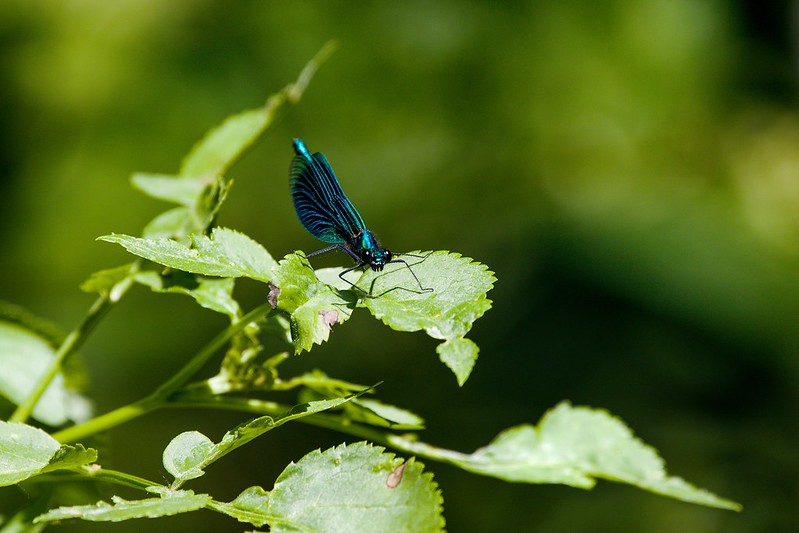 M34A0407 by Michael Johnson, on Flickr
M34A0407 by Michael Johnson, on Flickr
Common Blue
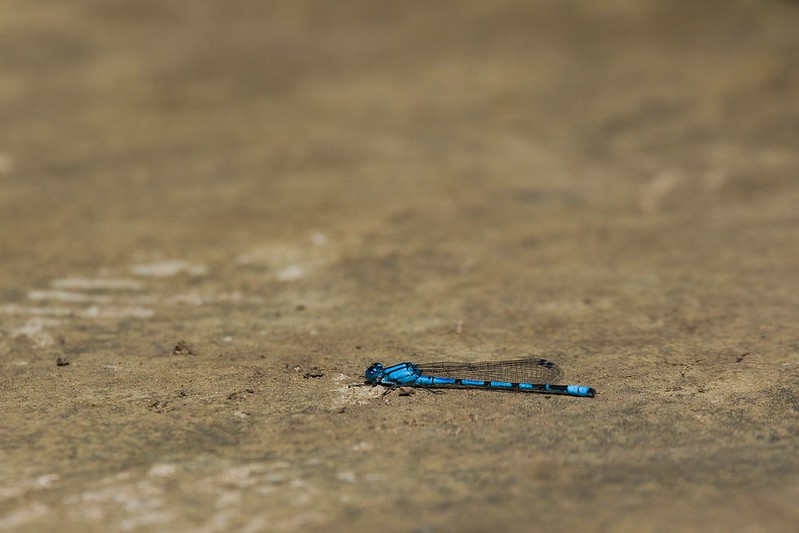 M34A0420 by Michael Johnson, on Flickr
M34A0420 by Michael Johnson, on Flickr
 M34A0379 by Michael Johnson, on Flickr
M34A0379 by Michael Johnson, on Flickr M34A0442 by Michael Johnson, on Flickr
M34A0442 by Michael Johnson, on FlickrBroad Bodied Chaser
 Broad Bodied Chaser by Michael Johnson, on Flickr
Broad Bodied Chaser by Michael Johnson, on FlickrDemoiselle
 M34A0407 by Michael Johnson, on Flickr
M34A0407 by Michael Johnson, on FlickrCommon Blue
 M34A0420 by Michael Johnson, on Flickr
M34A0420 by Michael Johnson, on Flickr- Messages
- 2,996
- Name
- John
- Edit My Images
- Yes
We went to Rimac in Lincolnshire yesterday - primarily for Bestbeloved's birds - but I caught a few dragons. I would appreciate a name for the yellow one. I think it is a female but far from sure and my guide is not up to the job. the others I know.

Common Blue Damselfly

Four Spotted Chaser

Ruddy Darter (or is it?)


Common Blue Damselfly

Four Spotted Chaser

Ruddy Darter (or is it?)

- Messages
- 4,686
- Name
- Jan
- Edit My Images
- No
I would appreciate a name for the yellow one. I think it is a female but far from sure and my guide is not up to the job. the others I know.
Common darter or vagrant darter? They are quite similar. Have a look at https://british-dragonflies.org.uk/species/
- Messages
- 2,996
- Name
- John
- Edit My Images
- Yes
Thank you, jannyfox. My guide has four species which look exactly the same ( I am using a simple Aidgap guide from the Field Studies Council).
- Messages
- 12,616
- Edit My Images
- No
We went to Rimac in Lincolnshire yesterday - primarily for Bestbeloved's birds - but I caught a few dragons. I would appreciate a name for the yellow one. I think it is a female but far from sure and my guide is not up to the job. the others I know.
looks like a female Ruddy Darter to me
- Messages
- 4,686
- Name
- Jan
- Edit My Images
- No
looks like a female Ruddy Darter to me
Yep, could be that too.
- Messages
- 12,616
- Edit My Images
- No
Yep, could be that too.
??
Look at the markings, plus the black legs and the pointed vulvar scale = Female Ruddy Darter
compare these with the Common Darter and the Vagrant Darter, which is rare in the UK
Female Ruddy Darter

Last edited:
- Messages
- 1,811
- Name
- Martin
- Edit My Images
- Yes
Bit of a rare one
Southern Migrant Hawker
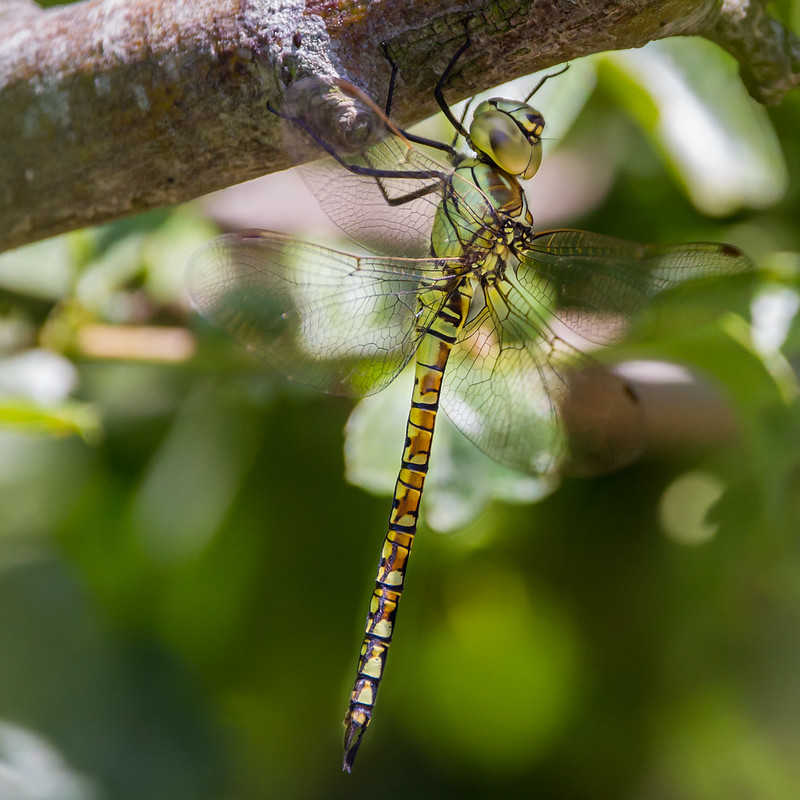
Southern Migrant Hawker by Martin Billard, on Flickr
Common Darter
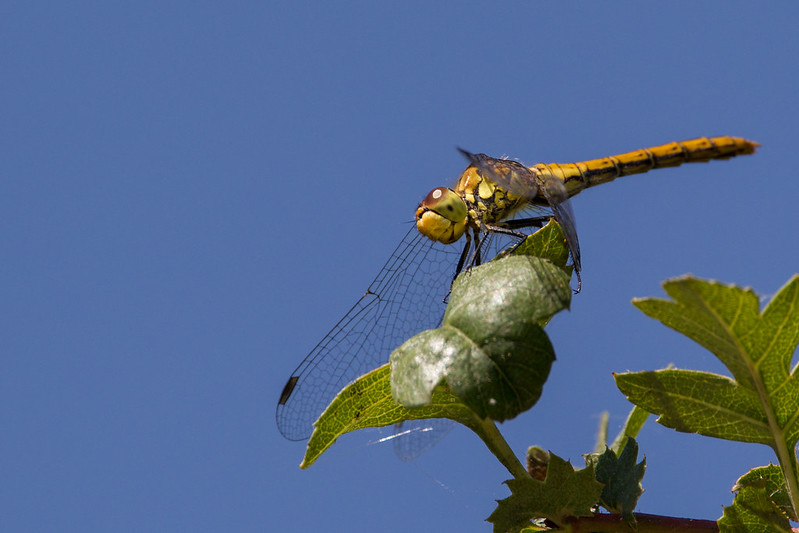
Common Darter by Martin Billard, on Flickr
Another rare one Brilliant Emerald

Brilliant Emeradl by Martin Billard, on Flickr
Southern Migrant Hawker

Southern Migrant Hawker by Martin Billard, on Flickr
Common Darter

Common Darter by Martin Billard, on Flickr
Another rare one Brilliant Emerald

Brilliant Emeradl by Martin Billard, on Flickr
- Messages
- 2,996
- Name
- John
- Edit My Images
- Yes
Thank you for the information, Bill. I'm afraid the details you offer are a bit beyond my dilettante standards.
??
Look at the markings, plus the black legs and the pointed vulvar scale = Female Ruddy Darter
compare these with the Common Darter and the Vagrant Darter, which is rare in the UK
Female Ruddy Darter

- Messages
- 14,766
- Name
- Michael
- Edit My Images
- No
Emperor, and in flight too!
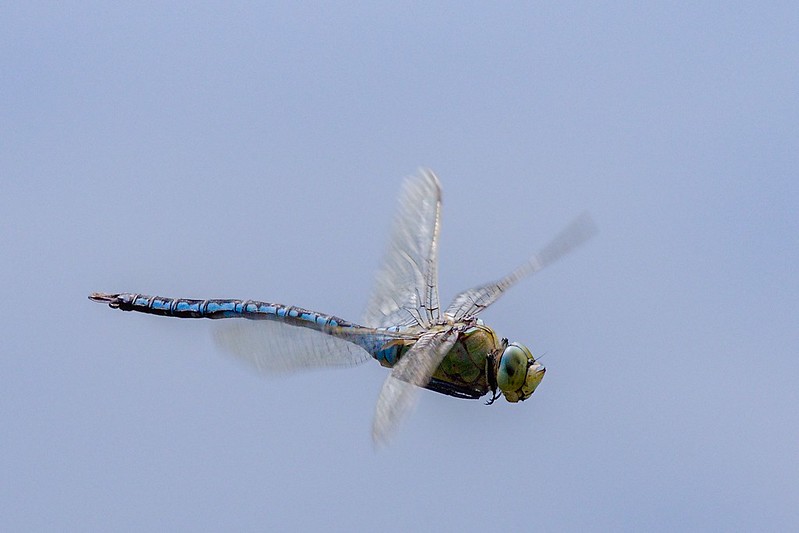 Emperor Dragonfly by Michael Johnson, on Flickr
Emperor Dragonfly by Michael Johnson, on Flickr
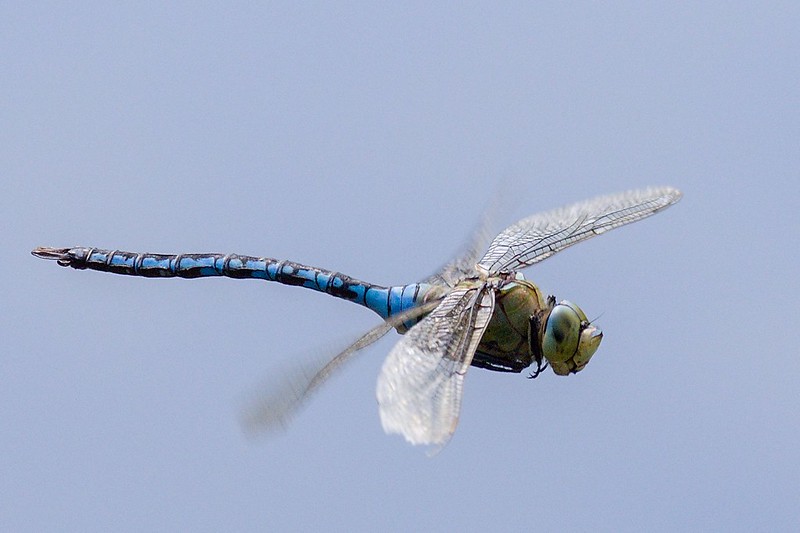 Emperor Dragonfly by Michael Johnson, on Flickr
Emperor Dragonfly by Michael Johnson, on Flickr
 Emperor Dragonfly by Michael Johnson, on Flickr
Emperor Dragonfly by Michael Johnson, on Flickr Emperor Dragonfly by Michael Johnson, on Flickr
Emperor Dragonfly by Michael Johnson, on Flickr- Messages
- 1,811
- Name
- Martin
- Edit My Images
- Yes
- Messages
- 14,766
- Name
- Michael
- Edit My Images
- No
Brown Hawker, saw at least 4 females egg laying at Dudmaston yesterday
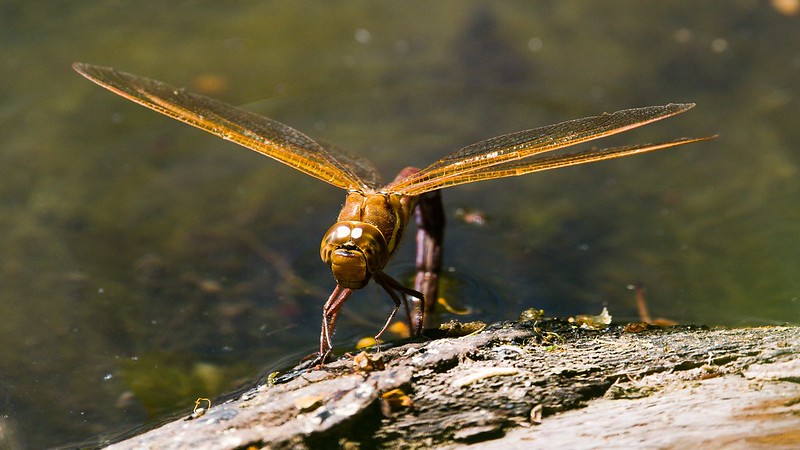 Brown Hawker by Michael Johnson, on Flickr
Brown Hawker by Michael Johnson, on Flickr
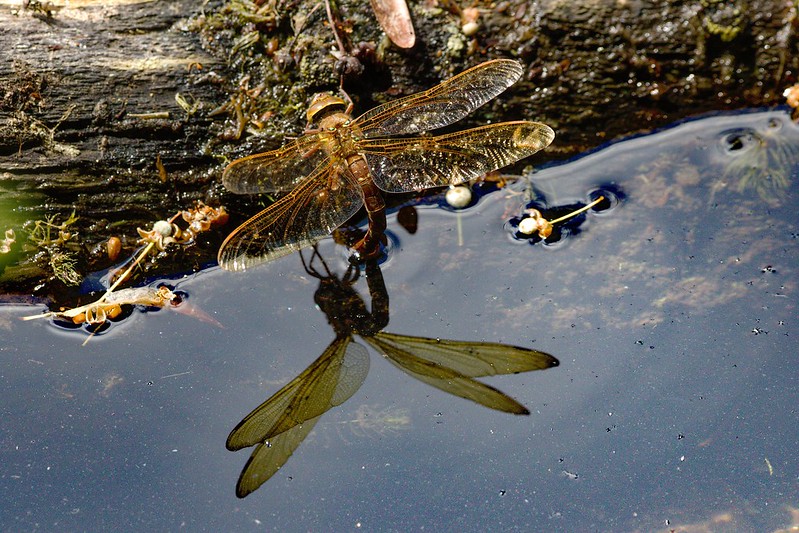 Brown Hawker by Michael Johnson, on Flickr
Brown Hawker by Michael Johnson, on Flickr
Black Tailed Skimmer
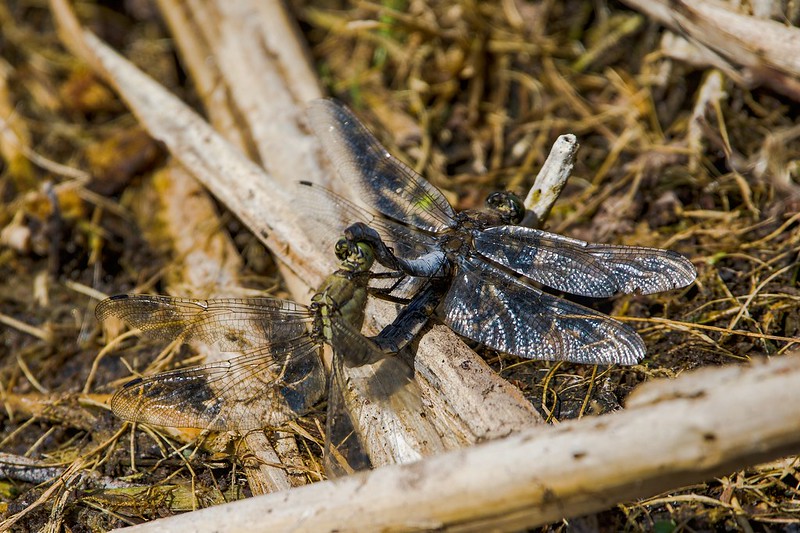 M34A1915 by Michael Johnson, on Flickr
M34A1915 by Michael Johnson, on Flickr
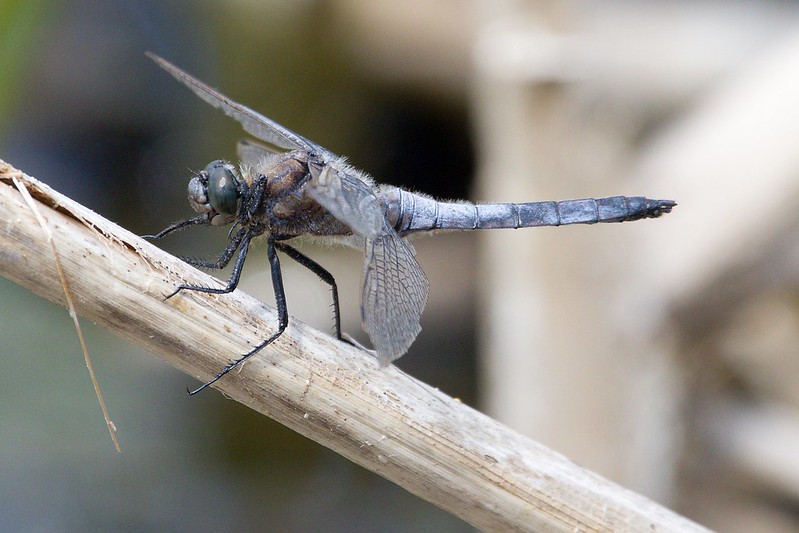 M34A1882 by Michael Johnson, on Flickr
M34A1882 by Michael Johnson, on Flickr
 Brown Hawker by Michael Johnson, on Flickr
Brown Hawker by Michael Johnson, on Flickr Brown Hawker by Michael Johnson, on Flickr
Brown Hawker by Michael Johnson, on FlickrBlack Tailed Skimmer
 M34A1915 by Michael Johnson, on Flickr
M34A1915 by Michael Johnson, on Flickr M34A1882 by Michael Johnson, on Flickr
M34A1882 by Michael Johnson, on Flickr- Messages
- 1,811
- Name
- Martin
- Edit My Images
- Yes
Brown Hawker, saw at least 4 females egg laying at Dudmaston yesterday
Brown Hawker by Michael Johnson, on Flickr
Brown Hawker by Michael Johnson, on Flickr
Black Tailed Skimmer
M34A1915 by Michael Johnson, on Flickr
M34A1882 by Michael Johnson, on Flickr
Nice set Michael
- Messages
- 14,766
- Name
- Michael
- Edit My Images
- No
Nice set Michael
Thanks Martin, it was good see a good number of them for a change. Lovely flight shot of the Brown Hawker.
- Messages
- 1,811
- Name
- Martin
- Edit My Images
- Yes
Southern Migrant Hawker bit of a rare one in the UK but numbers seem to be increasing
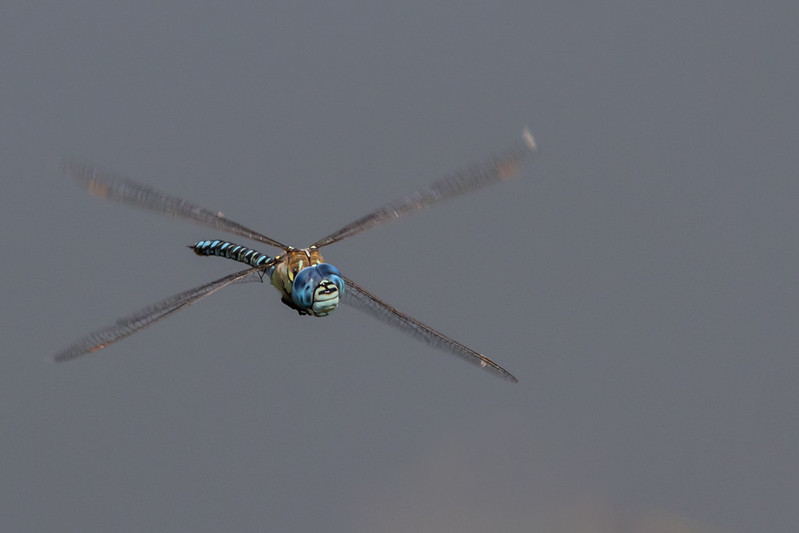
Southern Migrant Hawker by Martin Billard, on Flickr

Southern Migrant Hawker by Martin Billard, on Flickr
- Messages
- 1,811
- Name
- Martin
- Edit My Images
- Yes
Hi Bill??
Look at the markings, plus the black legs and the pointed vulvar scale = Female Ruddy Darter
compare these with the Common Darter and the Vagrant Darter, which is rare in the UK
Female Ruddy Darter

If you look up the page you will see I posted under your original post a Common Darter is it in fact a Ruddy Darter? It looks very similar to your post.
I got another one on the same day

Stuck between Ruddy, Common and Vagrant Darter
Thanks
Martin
- Messages
- 14,766
- Name
- Michael
- Edit My Images
- No
Looking at it, I think it's a Ruddy Darter, female. The legs are all black and the markings on the sides seem to match very well. Vagrant seem to show a couple more markings on the last 2 sections. , also according to my book the legs are bicoloured, black and yellow.
- Messages
- 70
- Name
- Horologos
- Edit My Images
- Yes
Some amazing images, just love this animal.
- Messages
- 82
- Name
- Ian
- Edit My Images
- Yes
Dragonflies and Damselflies aren't something i've really given much consideration too before but a new 105mm macro lens has started me pointing the camera at our smaller wildlife recently. No idea what these are apart from being Damselflies of one type or another. Willing to be educated!
Damselfly 1
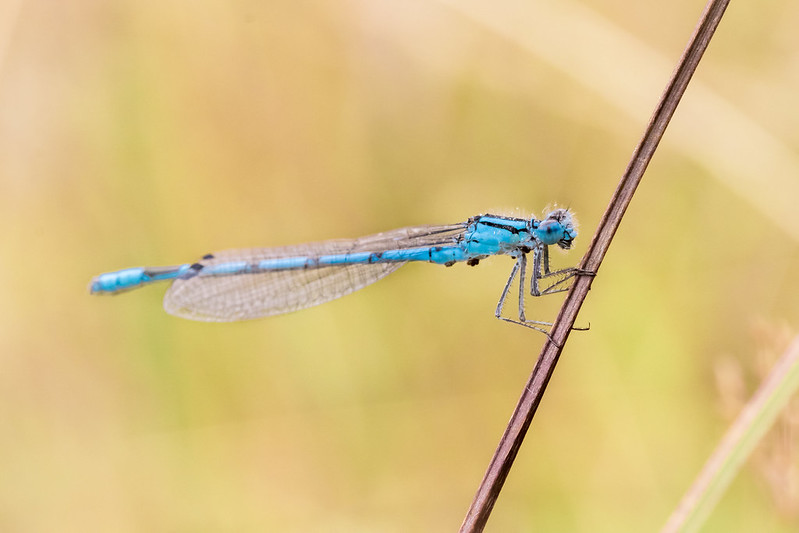 Damselfly by Ian Taylor, on Flickr
Damselfly by Ian Taylor, on Flickr
Damselfly 2
 Damselfly by Ian Taylor, on Flickr
Damselfly by Ian Taylor, on Flickr
Damselfly 3
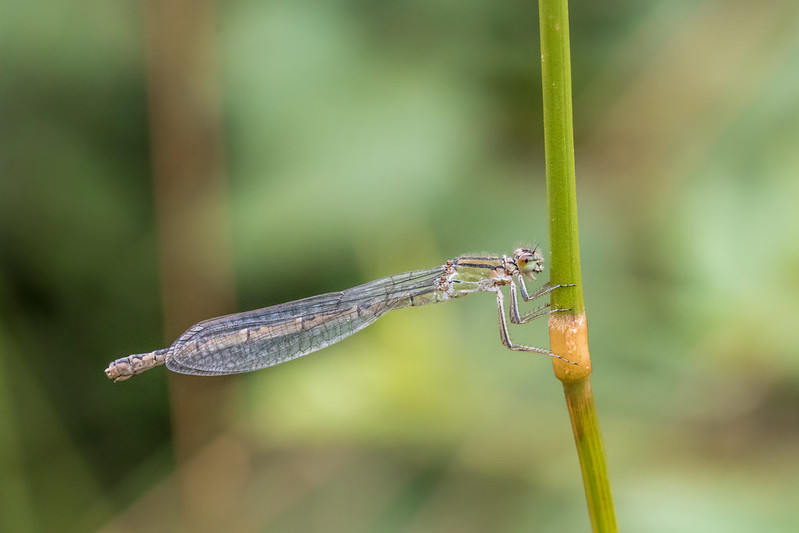 Damselfly by Ian Taylor, on Flickr
Damselfly by Ian Taylor, on Flickr
Damselfly 1
 Damselfly by Ian Taylor, on Flickr
Damselfly by Ian Taylor, on FlickrDamselfly 2
 Damselfly by Ian Taylor, on Flickr
Damselfly by Ian Taylor, on FlickrDamselfly 3
 Damselfly by Ian Taylor, on Flickr
Damselfly by Ian Taylor, on Flickr- Messages
- 4,686
- Name
- Jan
- Edit My Images
- No
Gary beat me to it - they're common blue damsels, Ian - the blue one the male and the green the female. It's not uncommon for male and female damsels of the same species to look completely different. For ID take a look at https://british-dragonflies.org.uk. The site can take a bit of wading through but they're all there.
- Messages
- 82
- Name
- Ian
- Edit My Images
- Yes
Fantastic! Thanks both. Every day is a school day!
- Messages
- 737
- Name
- Jon
- Edit My Images
- Yes
Not sure whether it's a scarce chaser or black tailed skimmer
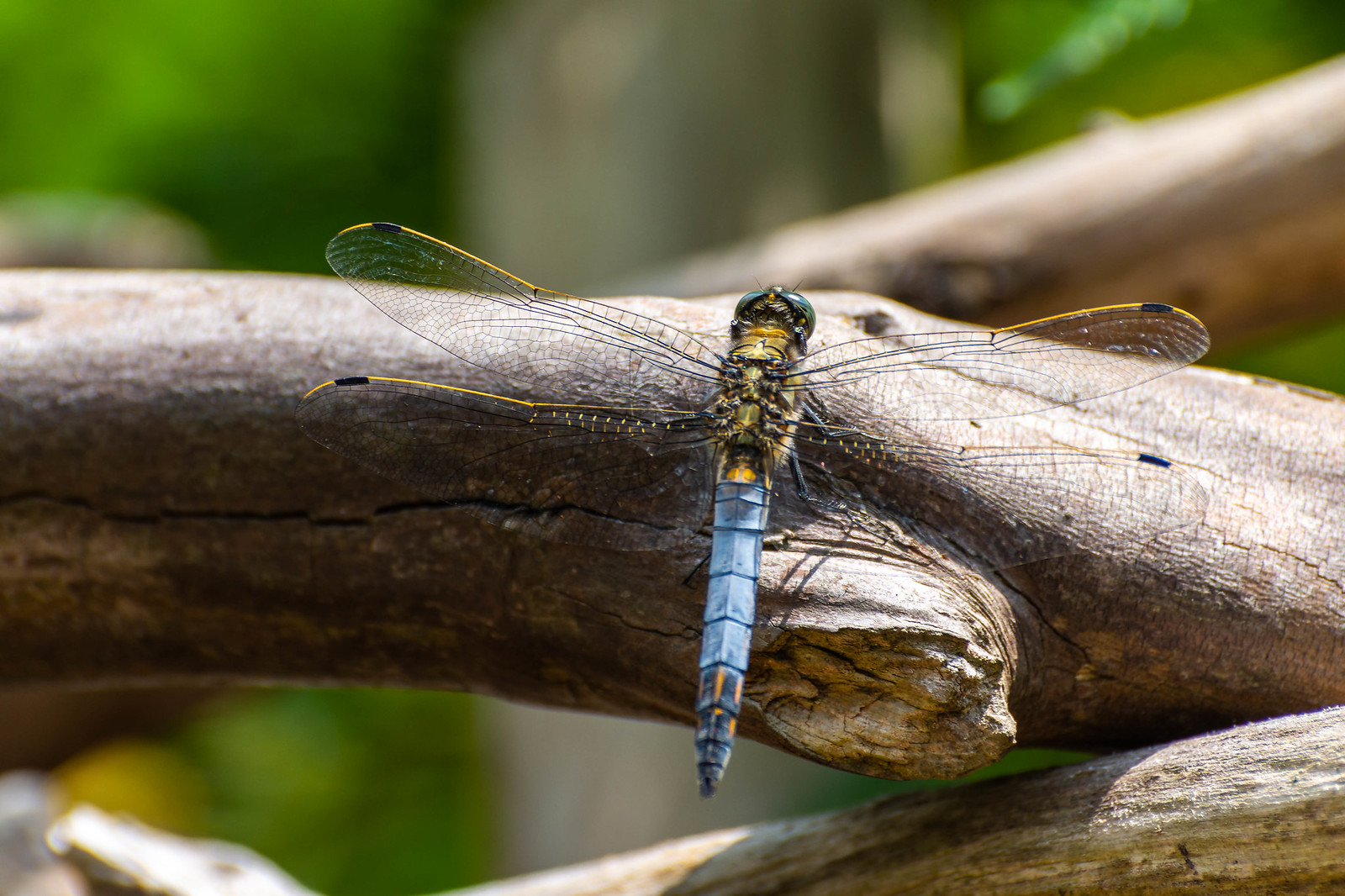 https://www.flickr.com/photos/76999116@N05/
https://www.flickr.com/photos/76999116@N05/
 https://www.flickr.com/photos/76999116@N05/
https://www.flickr.com/photos/76999116@N05/- Messages
- 182
- Name
- Stuart
- Edit My Images
- Yes
Its Orthetrum cancellatum (Black-tailed Skimmer). Libellula fulva (Scarce Chaser) has prominent black bases to the hind pair of wings and less black at the abdominal tip (only last 2 and a bit segments). It is also generally a shorter and broader shape typical of a Libellula.
- Messages
- 1,811
- Name
- Martin
- Edit My Images
- Yes
- Messages
- 1,811
- Name
- Martin
- Edit My Images
- Yes
- Messages
- 1,811
- Name
- Martin
- Edit My Images
- Yes
Lovely, I must try for an 'in flight' shot. I don't think my or my camera's focusing ability is up to it though. Found a new site with a few opportunities.
Common Darter
View attachment 131546
Couple of Emeralds (I think)
View attachment 131550 View attachment 131551
....and a Blue
View attachment 131552
Nice set, manual focus is the way forward and does not take long to get used to.
- Messages
- 585
- Edit My Images
- Yes
Do you pre focus in the general area they are flying and trust your timing, and a little bit of luck?Nice set, manual focus is the way forward and does not take long to get used to.
- Messages
- 1,811
- Name
- Martin
- Edit My Images
- Yes
Pre focus on something a similar distance to where it is patrolling then just tweak when it is your sights. I usually do one shot rather than high frames per sec as otherwise you do get hundreds of binned shots. Most Hawkers have a pretty predicable flight pattern the main exception is the Brown Hawker who go all over so don't start with one of those.Do you pre focus in the general area they are flying and trust your timing, and a little bit of luck?
- Messages
- 737
- Name
- Jon
- Edit My Images
- Yes
Didn't really nail these but here's a couple of flight shots from the weekend
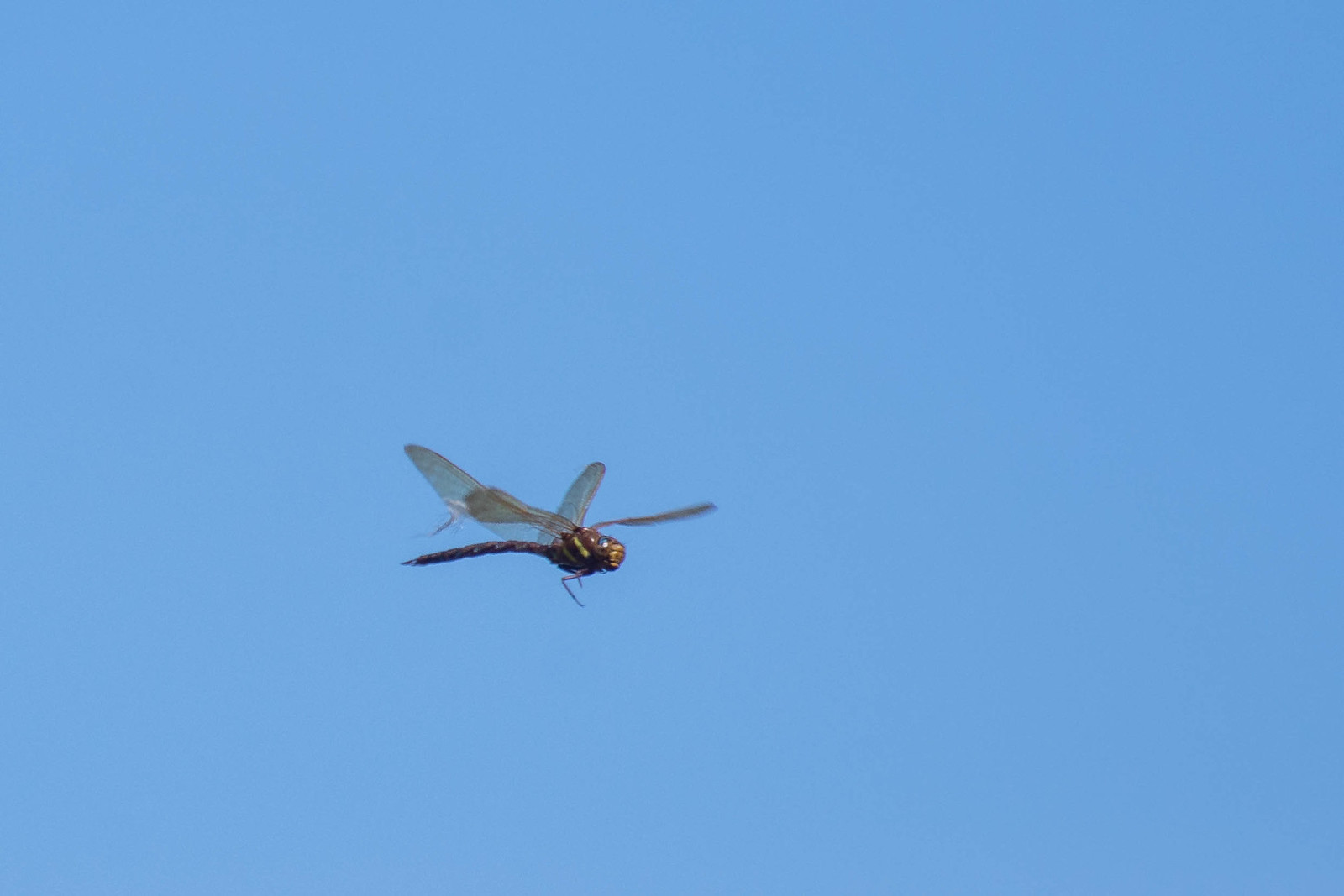 https://www.flickr.com/photos/76999116@N05/
https://www.flickr.com/photos/76999116@N05/
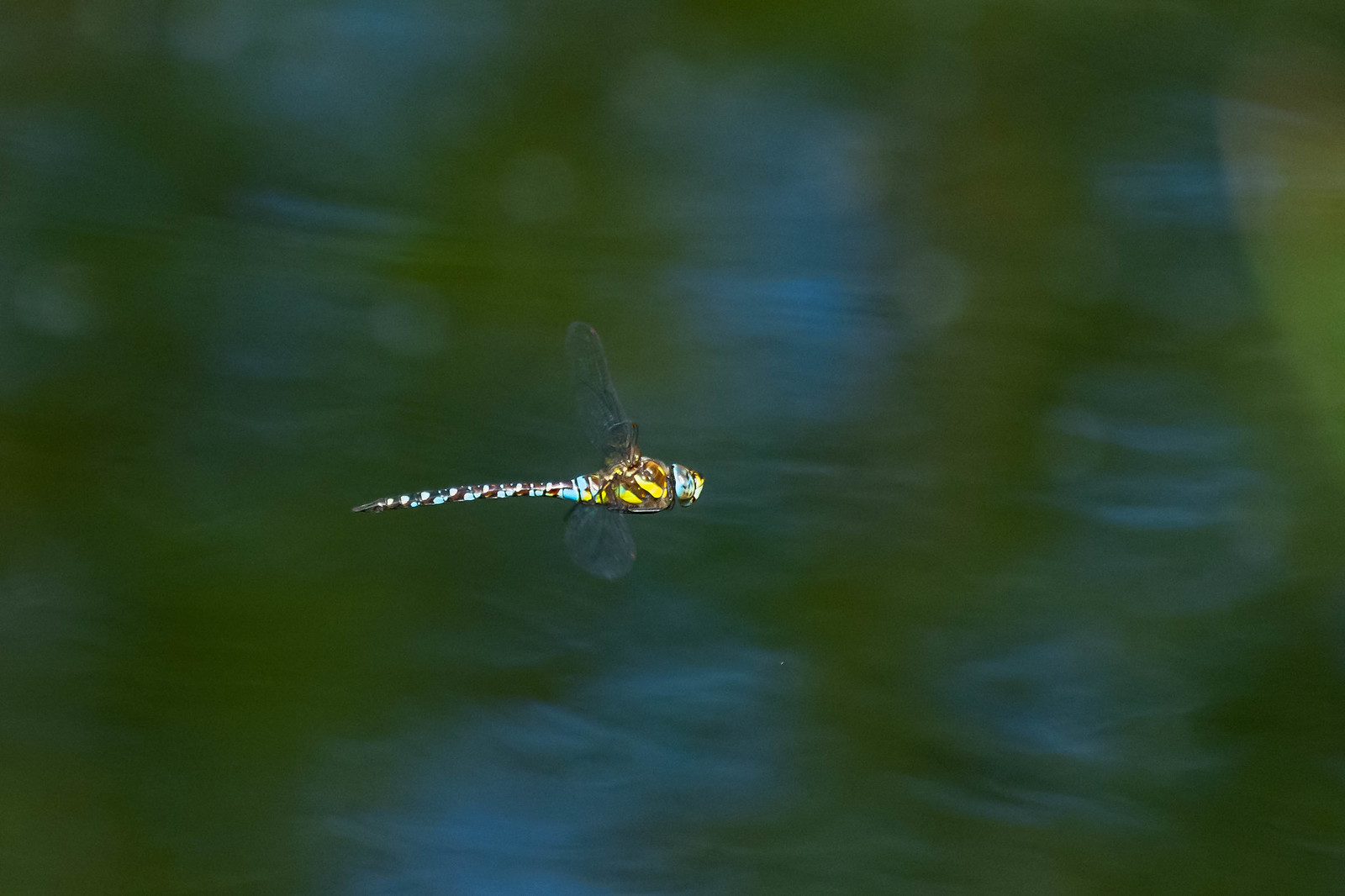 https://www.flickr.com/photos/76999116@N05/
https://www.flickr.com/photos/76999116@N05/
And one perched, big crop unfortunately.
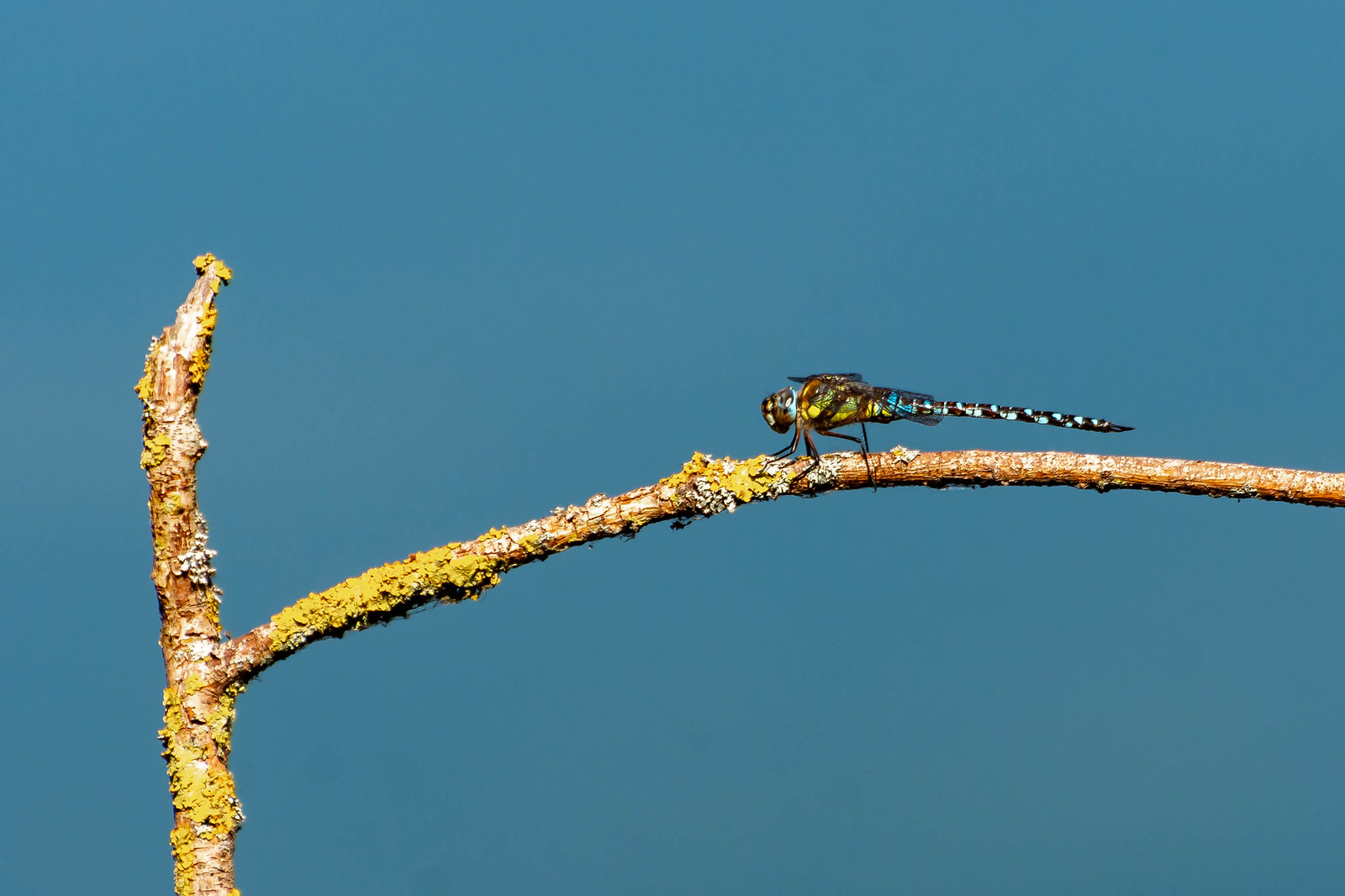 https://www.flickr.com/photos/76999116@N05/
https://www.flickr.com/photos/76999116@N05/
 https://www.flickr.com/photos/76999116@N05/
https://www.flickr.com/photos/76999116@N05/ https://www.flickr.com/photos/76999116@N05/
https://www.flickr.com/photos/76999116@N05/And one perched, big crop unfortunately.
 https://www.flickr.com/photos/76999116@N05/
https://www.flickr.com/photos/76999116@N05/- Messages
- 167
- Edit My Images
- No
I got a chance to have a go at this for the first time this weekend when i spotted a dragon fly and i had camera in hand.
It was a fleeting 15 minute attempt which i found frustrating as my camera refused to focus on the dragon fly multiple times which was momentarily stationary in front of me (i was trying to predict its stationary spots).
I had pre focused, was using afc, single center spot, also tried group af, and the camera (D500) simply refused to focus on the dragon fly when it was under the focus spot. Releasing and pressing the af button again multiple times it was adamant it wasnt going to budge.
In the end I managed to get a few shots I was happy with for the little time I had.


It was a fleeting 15 minute attempt which i found frustrating as my camera refused to focus on the dragon fly multiple times which was momentarily stationary in front of me (i was trying to predict its stationary spots).
I had pre focused, was using afc, single center spot, also tried group af, and the camera (D500) simply refused to focus on the dragon fly when it was under the focus spot. Releasing and pressing the af button again multiple times it was adamant it wasnt going to budge.
In the end I managed to get a few shots I was happy with for the little time I had.
- Messages
- 14,766
- Name
- Michael
- Edit My Images
- No
Red Veined Darter, a new one for me yesterday, tried but failed with in flight southern hawkers though!!
Edit, Miss id'd it, its a common Darter
 Red Veined Darter by Michael Johnson, on Flickr
Red Veined Darter by Michael Johnson, on Flickr
Edit, Miss id'd it, its a common Darter
 Red Veined Darter by Michael Johnson, on Flickr
Red Veined Darter by Michael Johnson, on Flickr
Last edited:
- Messages
- 182
- Name
- Stuart
- Edit My Images
- Yes
Sorry michael23, but this is Common Darter (Sympetrum striolatum) not Red-veined (S. fonscolombii). In S. fonscolombii the costa and most of the wing veins are crimson and the stigma is pale yellow with broad, dark borders. The photo shows that all the wing veins are dark and the stigma is reddy-brown with no obvious border. There is a nice picture on this page, taken in the Algarve, which shows both features well.
Last edited:
- Messages
- 724
- Name
- Pete
- Edit My Images
- Yes








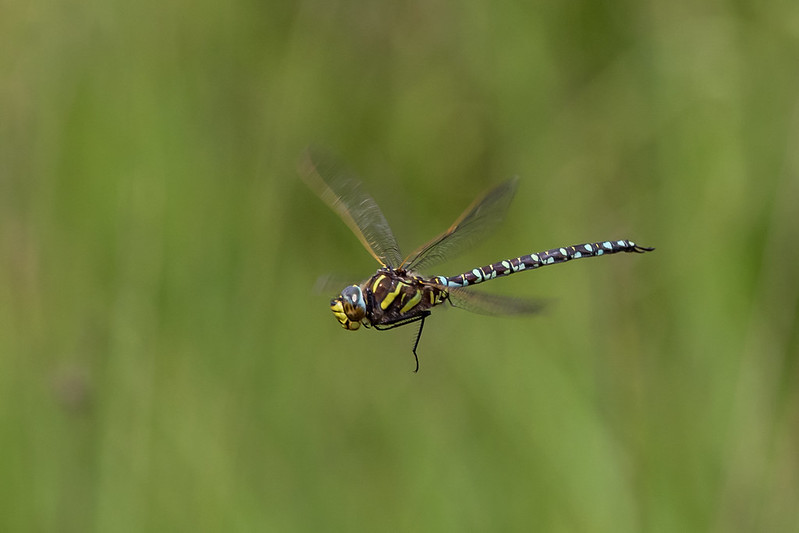




 Laying eggs - Brown Hawker Dragonfly
Laying eggs - Brown Hawker Dragonfly